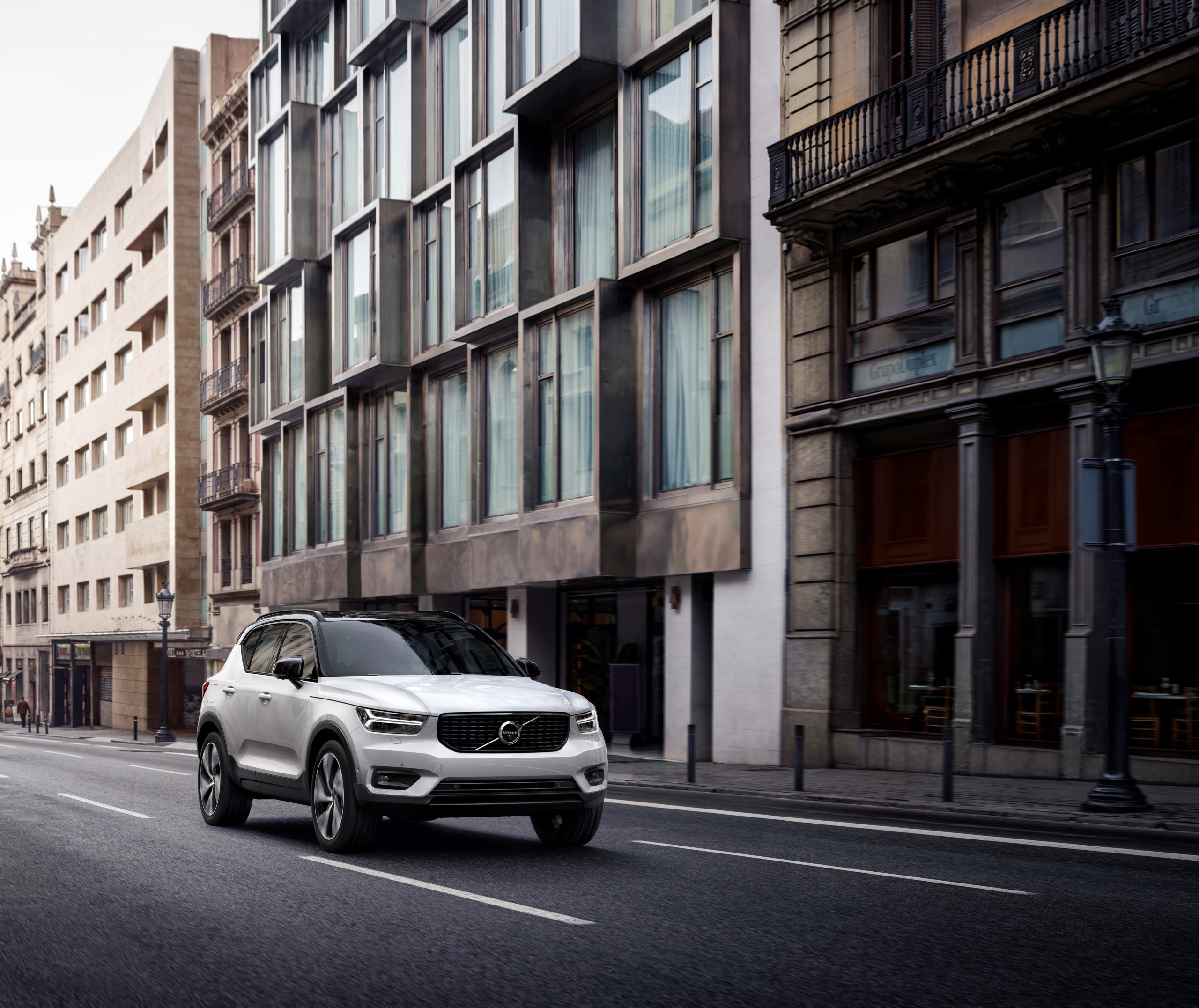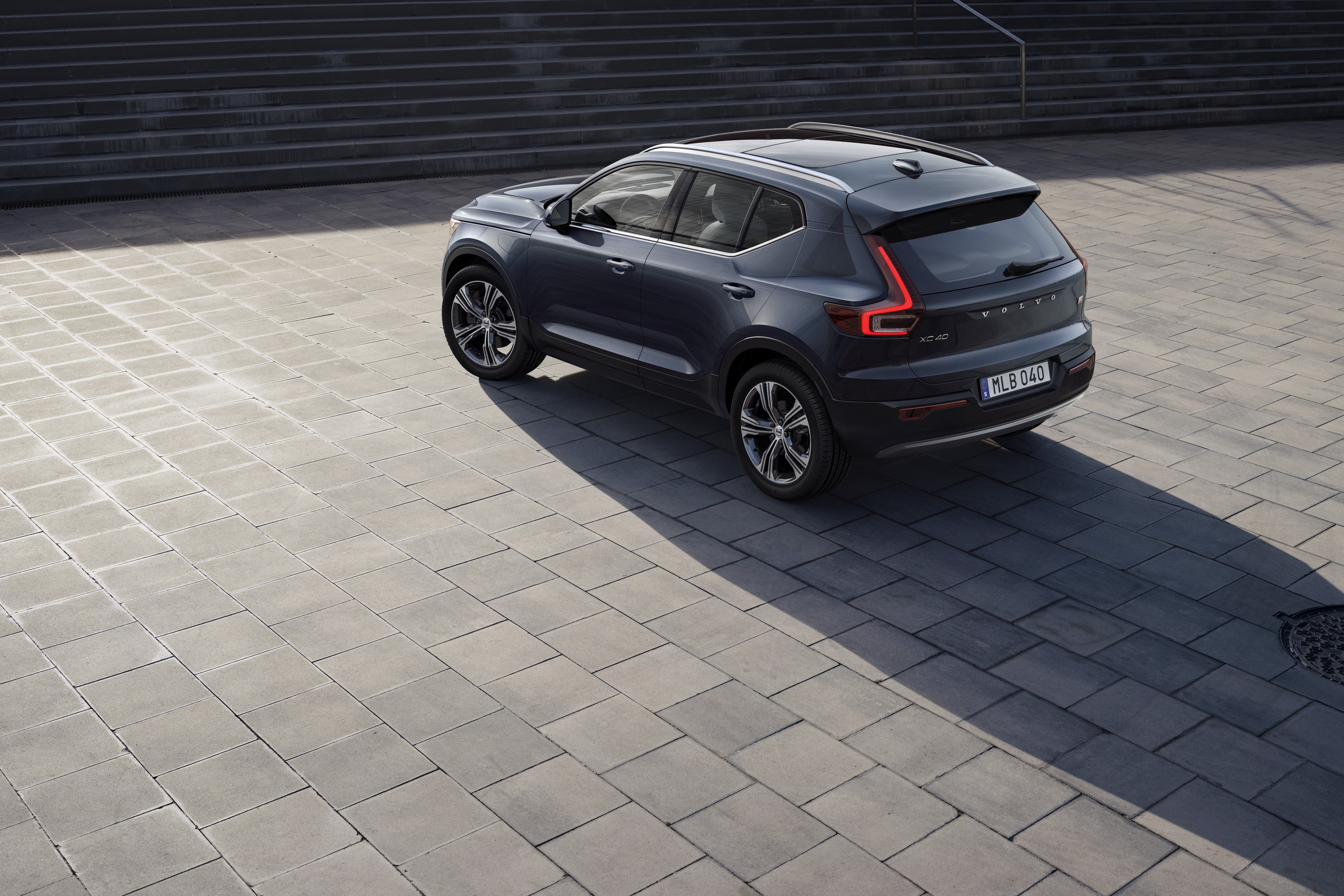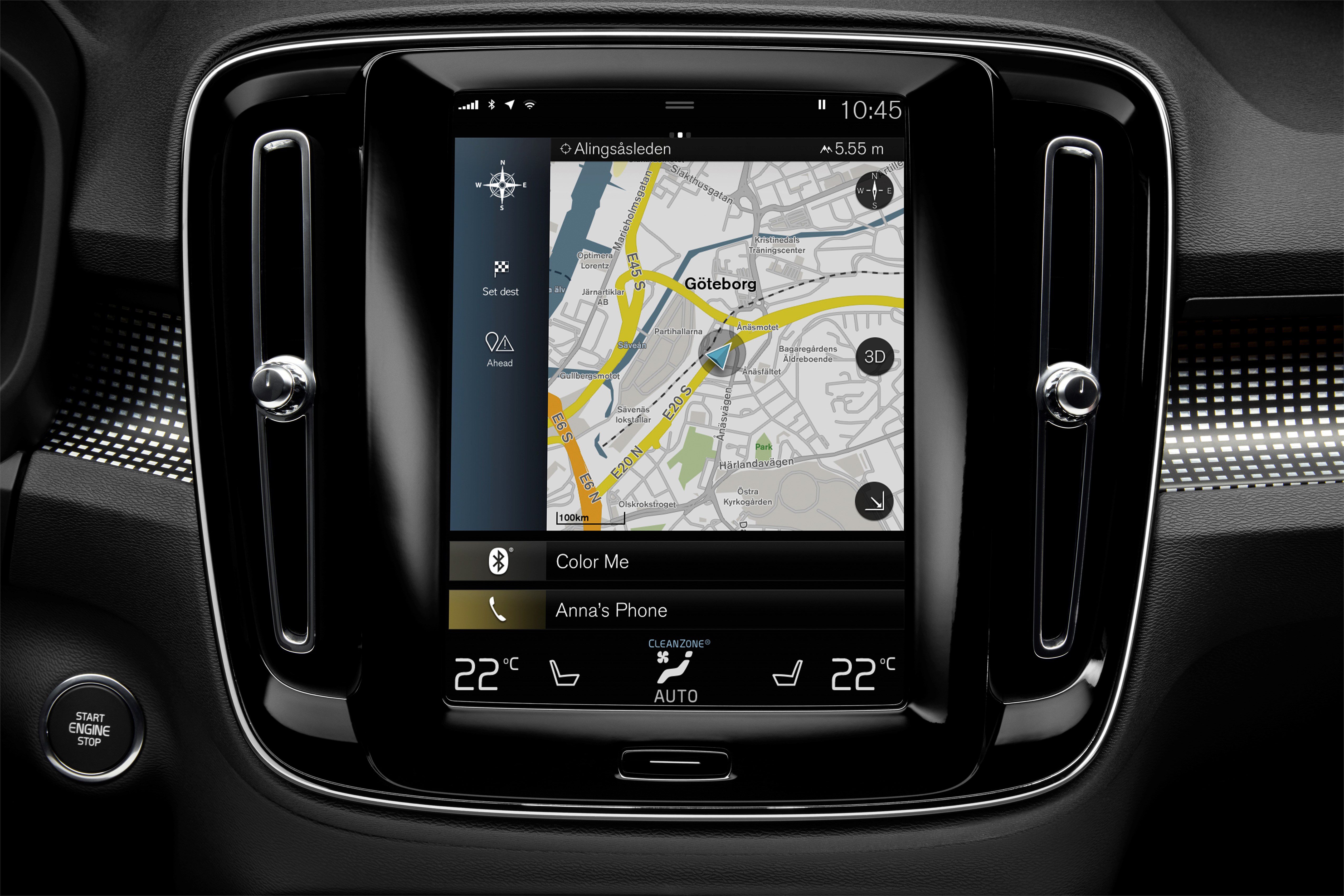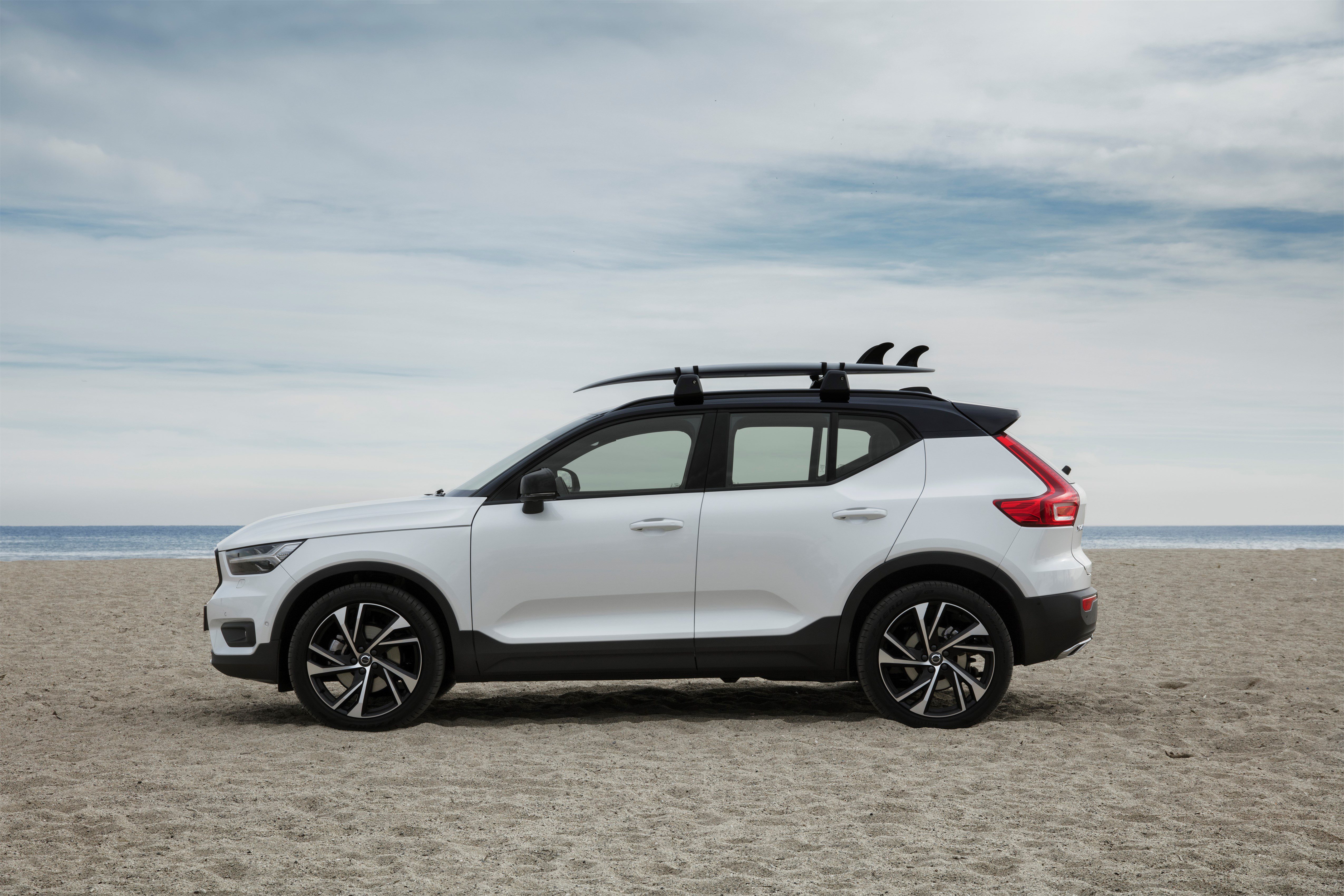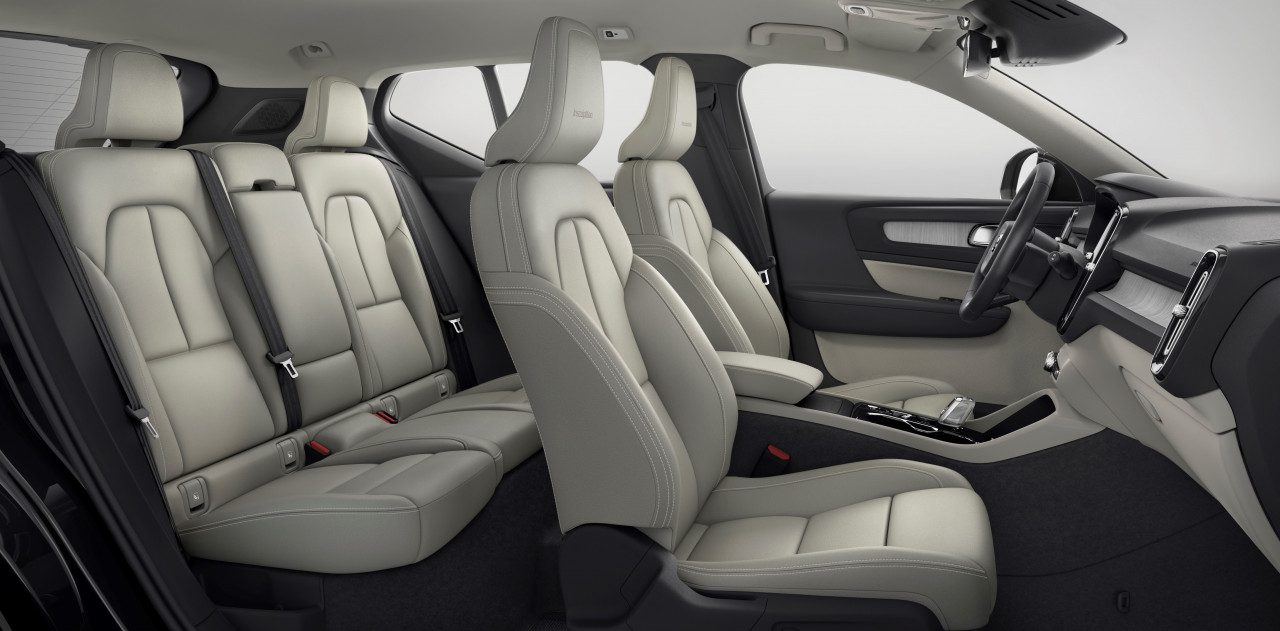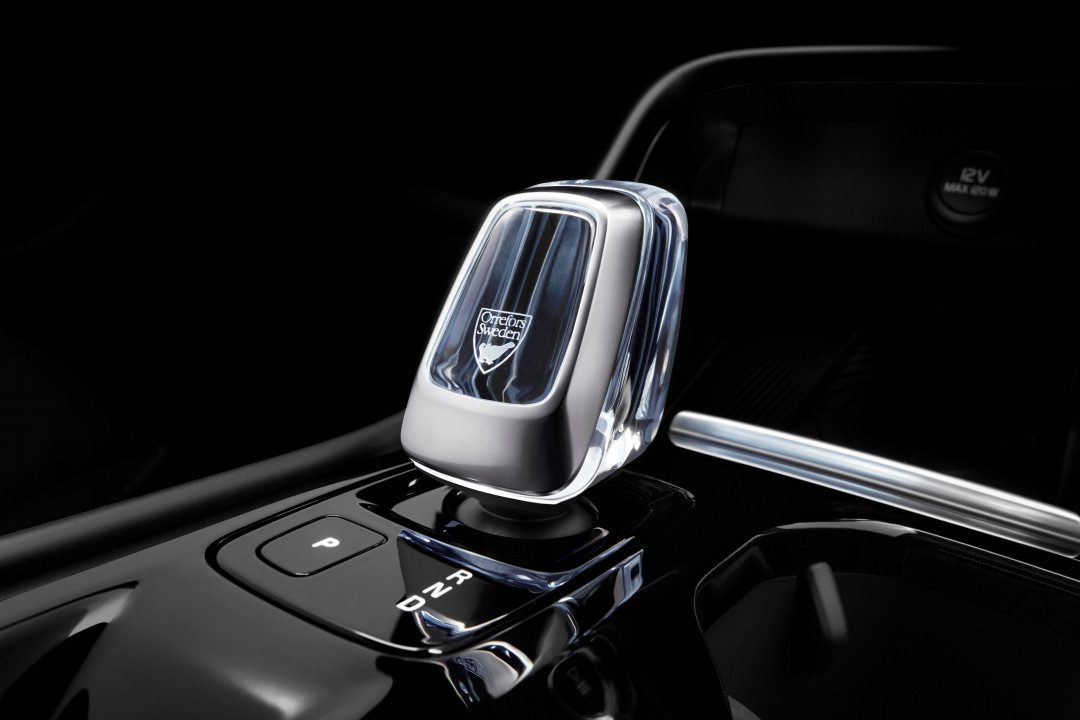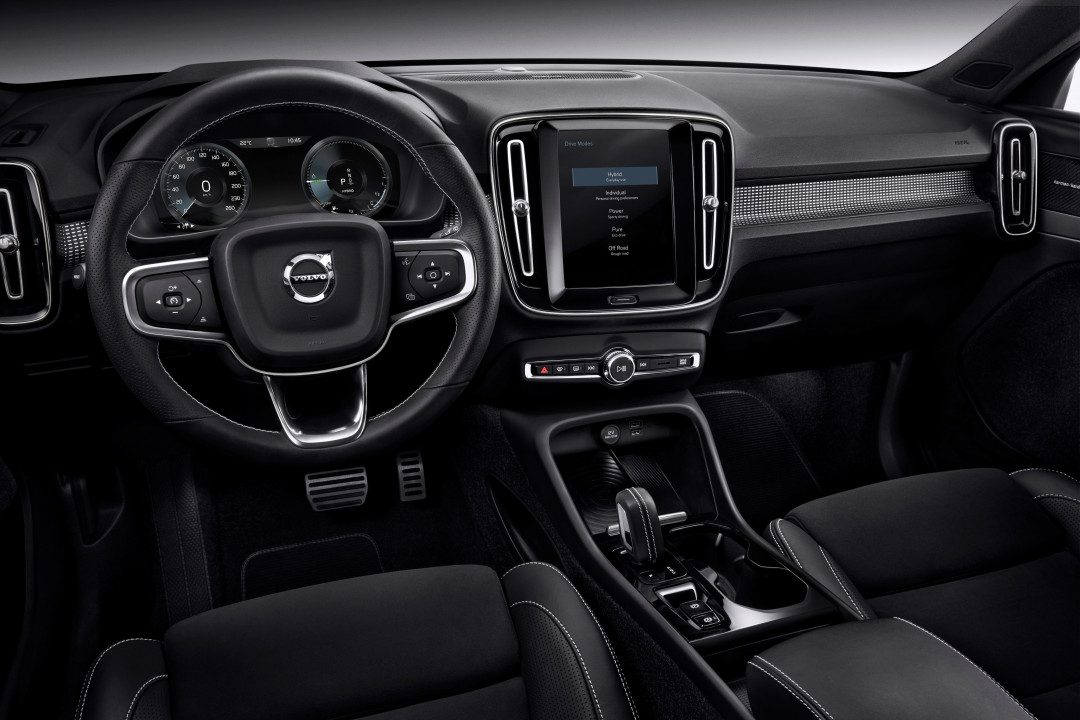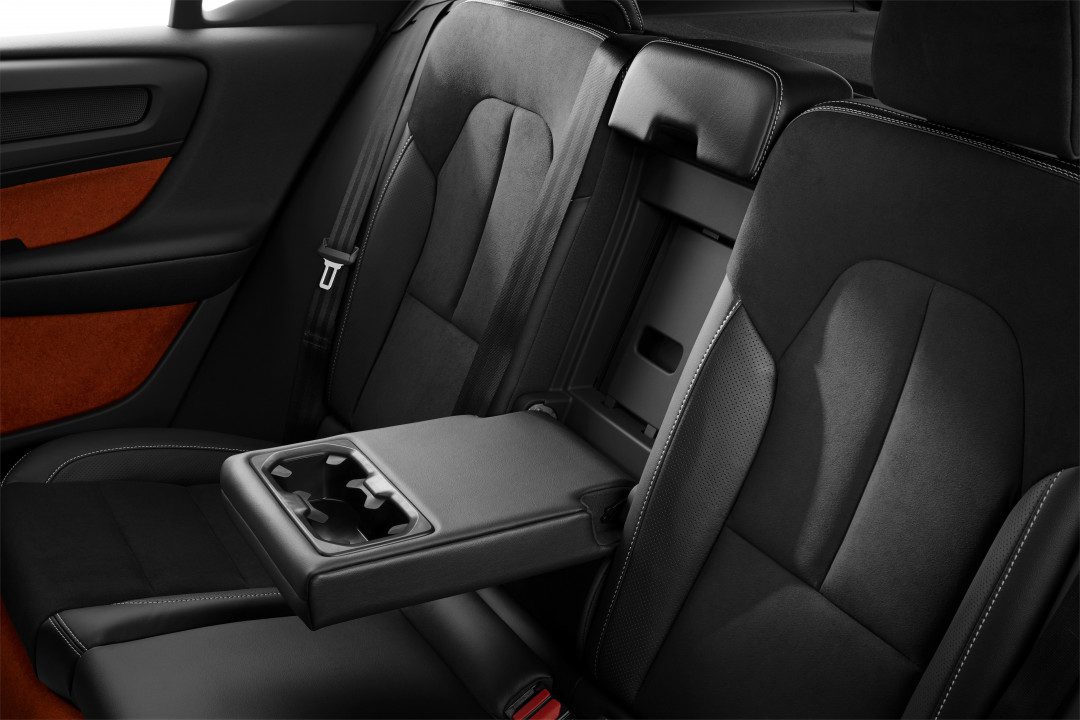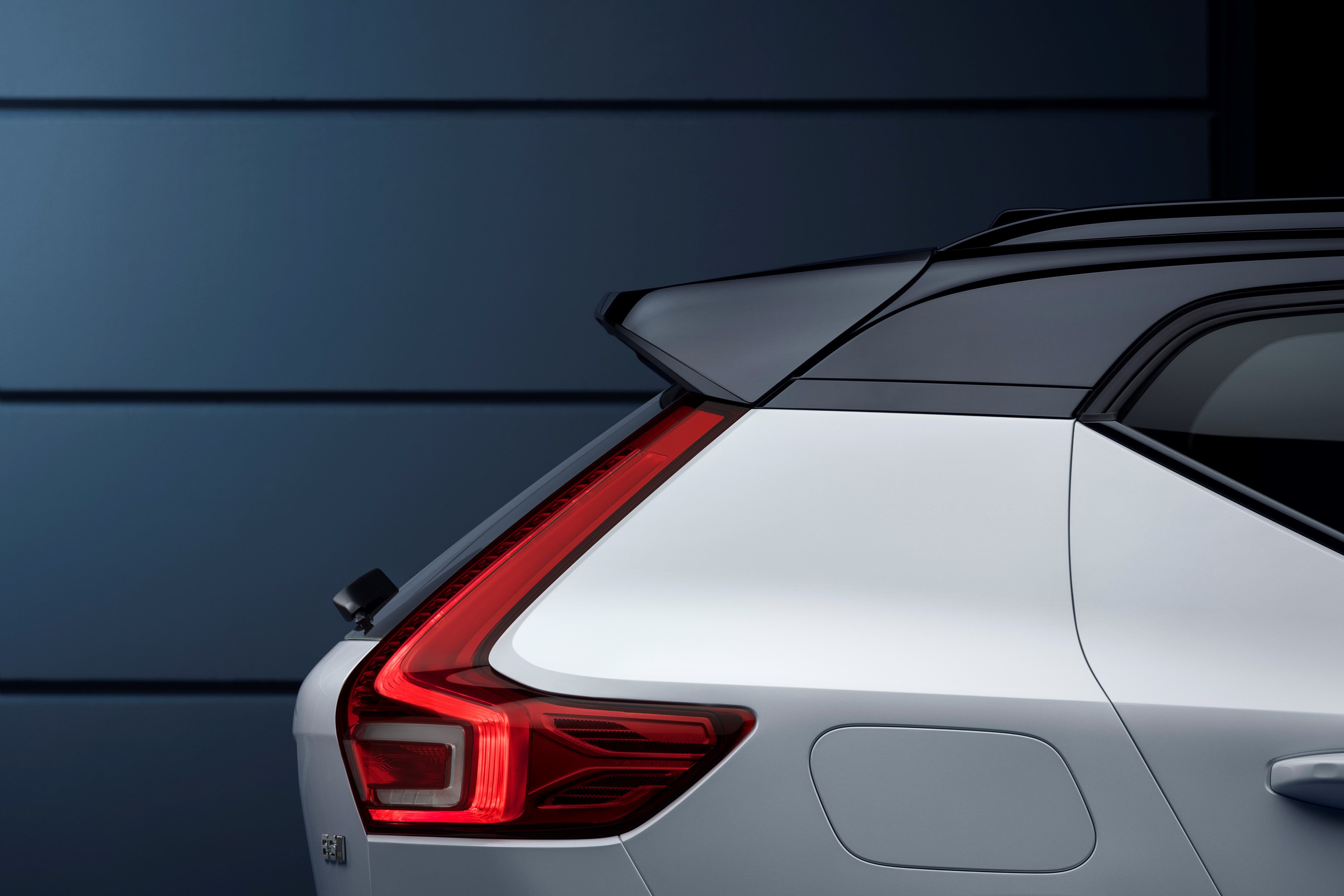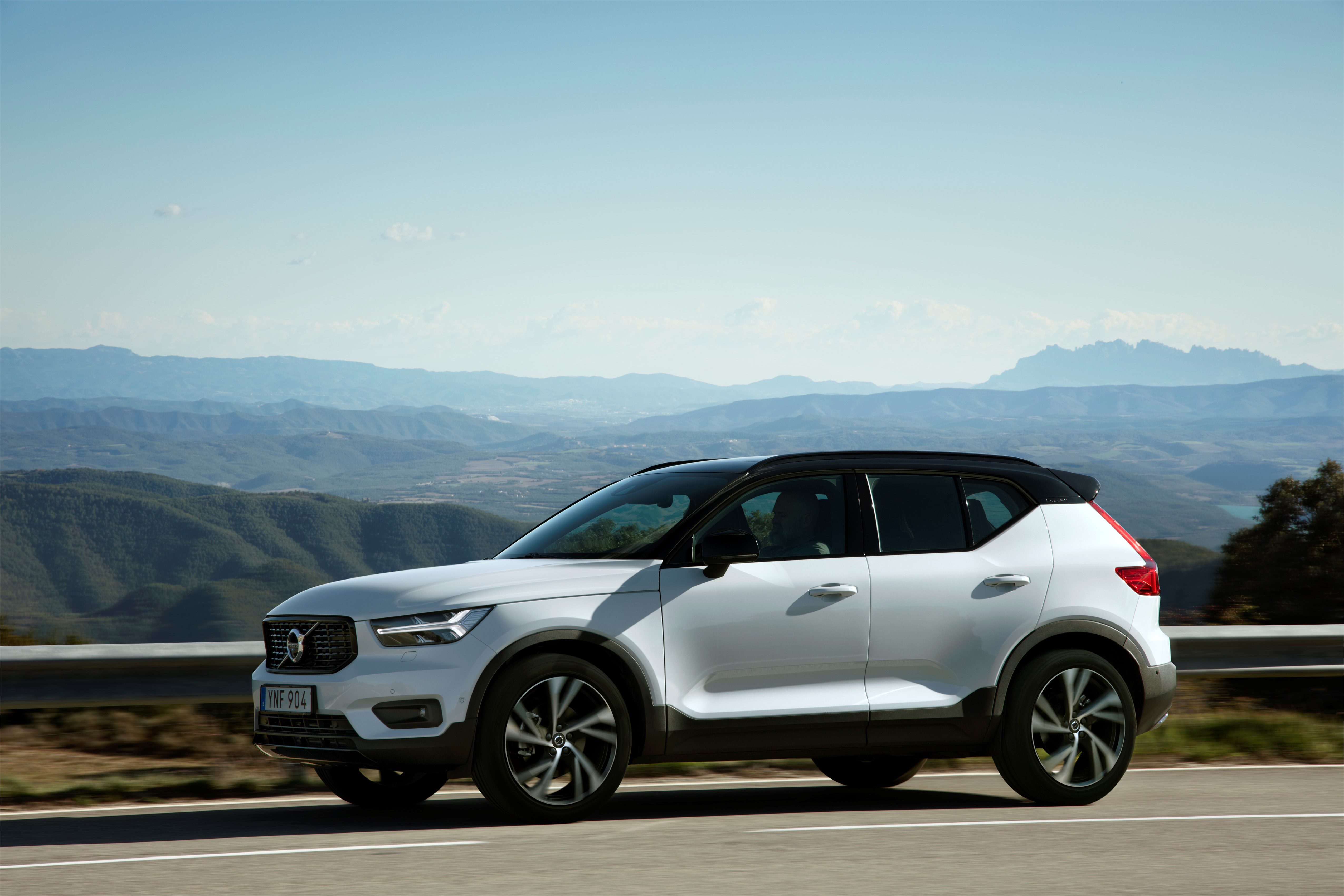Tested model: 2019 Volvo XC40 2.0 T4 Inscription Auto (Petrol, FWD)
Personally, I’ve always been a Volvo fan. The first one I distinctly remember liking was the second generation V70 – a 2.0-2.5L estate/barge with more boot space than a lot of modern SUVs and a plush interior, that will probably still be running long after all of those modern SUVs have all been scrapped and turned into plug-in hybrid paperweights.
Today, though, it’s not about Volvo’s magnificent wagons of the past. The Swedish manufacturer’s second-most popular car of 2023 (behind the XC60 SUV) was the XC40, a subcompact SUV of which 200,670 units were sold last year. You can have it as an ICE, a MHEV, a PHEV (since 2019), or an EV (since 2020), and the horsepower ranges from 127bhp (the base XC40 T2 with a 1.5L petrol engine) to a brisk 402bhp (from the XC40 P8 AWD Recharge, C40 Recharge Twin-engine, XC40 Recharge Twin-engine and the C40 Recharge Twin-engine), which is more than BMW’s fastest X1, the X1 M35i xDRIVE, which puts out 300bhp.
The XC40 was debuted in 2017, with a platform designed to maximise interior space. It’s graced with the 9.0inch screen that features on all Volvo’s models save the EX30 (which has a 12.3” tablet screen), and has been available with 6-speed manual, or 7 or 8-speed automatic gearboxes. The screen features Volvo’s own software system, as well as Apple CarPlay and Android Auto and, on newer models, a Google-based system with voice assistance. I have not tested the latter, but I found Volvo’s system relatively easy to use, as well as CarPlay.
On the outside, the XC40 follows a similar design pattern to the rest of Volvo’s range. The signature Volvo grille and front end are paired with angular details and relatively sharp lines, a design more derivative, perhaps, of the seven-seat XC90 SUV, indicating that it could be a smaller version of that rather than the XC60. For a relatively small SUV, it’s got a high bonnet, giving it a large road presence, and can be designed with a contrasting roof-colour (black or white, although the former was the far more popular option) on the higher-specs. Chrome details on the rear bumper and exhausts add to the car’s general up-market feel.
Inside, it’s a similar story to the rest of Volvo’s range. The aforementioned 9.0inch screen is the main attraction, with a handful of physical buttons underneath the control heated front and rear screens, hazard lights and play/pause and volume of the media. The majority of the climate controls, including the heated seats (not featured on every model), are nestled in the screen. Despite being bereft of physical buttons, I found the system easy to use and not too distracting. As ever, though, actual buttons, or at least a separate plastic panel with touch-sensitive controls/small screen for the climate settings, such as VW group and JLR use in their cars (you can guess who uses which). The diamond-cut glass gear selector is an unnecessary, but very classy, touch. In the rear of the cabin, a combination of low seats and high windows make the passengers feel as though they are sat on the floor. To the contrary, you sit high in the front, making you feel as though you’re in a far bigger car than you actually are. The seats are, predictably, comfortable and are available in cloth, leather (cream/black) a combination of the two, or, on the most recent models, recycled fabric in a grey-black combination. On the tested model, the seats were full black leather.
The XC40 drives nicely. It’s nothing particularly revolutionary – just a FWD SUV, but the steering is smooth and the automatic gearbox’s shifts are clean and generally undetectable. The braking is not too sharp, even when you put your foot to the floor. It can sometimes feel as though you’re driving through thick treacle – the initial acceleration is a bit sluggish, and it will take more than 8 seconds to reach 60mph. That might seem slow, but it’s got a curb weight of over 1.5tonnes and a wheelbase of 2,700mm; it’s not a car designed for speed and power. Speed of a small SUV doesn’t bother me, though, and therefore my main complaint about the XC40 is a practicality-based one: its turning circle. Last year I drove a Mercedes-Benz GLE (add link!), which remains one of the lightest-feeling cars I’ve driven, in both acceleration and steering, despite its 2.2tonne + curb weight. In stark contrast to this delightfully light steering, the XC40 is a real pain to turn. When I drove it, what could have been a 3/4-point turn in any other car became an 8/9-point turn in the Volvo (and no, the driver was not the issue).
The cheapest 2025MY-XC40 comes with an OTR price of £36,310, for a FWD petrol automatic and absolutely no optional extras, meaning that, once the customer has added a few necessities, they’d be looking at around £40,000 for a small SUV, which is similar to Mercedes’s GLA, around £4,000 more expensive than the cheapest brand new X1 on AutoTrader, and miles off the £25,000 price tag that comes attached to VW’s T-Roc (with the Match or Life spec). However, having secured their position as a premium marque in recent years, it could be argued that the luxury of Volvo’s cars have earned them their price tags, but value for money is in the eye (and wallet) of the beholder. Used examples are, of course, available, and a 2022 car with around 22,000miles on the clock can be obtained for under £30,000, such as this example, which comes loaded with optional extras.
Overall, the XC40 is Volvo’s most popular car for a reason. It might be a nightmare to turn around and a bit on the expensive side, but it’s pleasing on the eye, comfortable for both driver and passenger, and is available as a MHEV, PHEV AND EV, making it versatile, and ensuring that there’s something for everyone.
Would you consider a Volvo XC40 over market-rivals such as the Volkswagen T-Roc or BMW X1?

